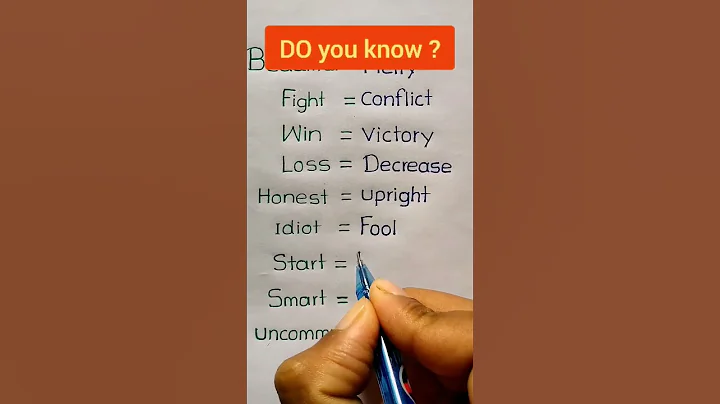
"Wonderful Mathematics" (Illustrated Collection Edition)
by Wu Zhenkui
Peking University Press Published in October 2022
This book uses mathematical examples to reveal the potential laws of mathematics, and at the same time explores ways to guide mathematical creation and discovery with aesthetic principles. The book is divided into special sections such as numbers, shapes, curves, abstracts, and infinitesimals, and is accompanied by more than 200 illustrations, rich tips and celebrity quotes, which comprehensively demonstrate the rich culture of mathematics and its relationship with our daily lives, and guide the public to appreciate the fun, secrets, differences and beauty of mathematics, and discover the ancient, rigorous and practicality of mathematics.
Beauty in mathematics
Beauty is nature (to be precise, "natural humanization"). Mathematics, as the "word writing about the universe" (Galileo) reflects nature, and of course there is beauty in it.
"Beauty" is a philosophical concept. For natural things such as landscapes, landscapes, shapes, and appearance, you can intuitively judge whether they are beautiful based on the progress of social civilization, the level of human intellectual development, and the evolutionary level of the public's aesthetic views; however, when people appreciate objects with traces of artificial carving, beauty and badness are an abstract thinking and judgment process. For example, to appreciate the paintings of the master art Picasso in the later years ( Cubism abstract) of the art master, not only requires the viewer to have a high artistic cultivation, but also the ability to think abstractly, because this type of painting is to decompose natural objects into geometric blocks, thereby fundamentally getting rid of the visual laws and spatial concepts of traditional paintings (some people also think that this is the painter painting in a four-dimensional space, that is, to express the objects in the four-dimensional space with two-dimensional graphics).
There are not many people who can truly understand paintings. In this way, some people think that paintings are beautiful, but some people think that paintings are not beautiful or even ugly (as some people say that "beauty is actually a feeling"). This is exactly what the subject of "aesthetics" needs to be studied.

The main contents of mathematical aesthetic research also include exploring the beauty of reality, abstract beauty, beauty perception and beauty creation in mathematics.
Mathematics (especially modern mathematics ) is the foundation of natural science, the pioneer of engineering technology, and the tool of the national economy. It itself has many beautiful characteristics, some of which are vivid, vivid and specific. For example, the simplicity, abstractness, harmony, and singularity of mathematics all show the beauty of mathematics itself. Once these are aware of it and become known by others, mathematics will have new hope and future. Mathematics is conceived, created and developed in the process of constantly pursuing perfection.
Show the phenomena of mathematics, especially modern mathematics, and then re-understand it from an aesthetic perspective. This is not only an enlightenment to people's concepts, but also helps people think, explore, study, discover and create.
A conclusion (theorem, formula, graph), a proof, a calculation, a solution, if it looks beautiful (concise, harmonious, clever, vivid...), it can be said that it is correct. This means that exploring some phenomena in mathematics from an aesthetic perspective and revealing some laws can often lead to some methods for studying mathematics.
In short, the beauty in mathematics needs to be revealed, discussed and explored, which can be regarded as a kind of enrichment of aesthetics and even the entire philosophy itself. In turn, aesthetic methods can guide mathematics learning and research. The phenomenon of beauty in
has been paid attention to by some great mathematicians (such as Pythagoras , Gauss , etc.) for a long time, and has put forward many insightful and unique insights, but unfortunately, they have failed to publish special works (ancient Chinese mathematicians have also discussed this kind of problem from the perspective of "interest". Although beauty contains interest, "interest" does not equal beauty).

Ancient Greek philosopher Socrates believes that the most beneficial is the most beautiful. Therefore, the aesthetics of Ancient Greek was an integral part of knowledge, precisely because the young buds of many disciplines at that time had not yet grown from the human knowledge tree to independent branches. The philosophers at that time also believed that (reality) beauty and the beauty of the universe were unified.
Pythagoras School (note that this is a mathematical group) believes that it is this school that first used mathematics when studying music (they tried to propose a mathematical expression on the tone contrast relationship: the ratio of octave to basic tone is 1:2, the fifth tone is 2:3, the fourth tone is 3:4, etc.). This is also the earliest practice and founding of people using the mathematical method to study beauty.
As for mathematics, in today's scientific classification research, many scholars say that philosophy and mathematics are universal sciences, and believe that the two can be applied to any discipline and field. The difference is that the methods and languages are used to portray the real world: philosophy uses natural language, mathematics uses artificial language (mathematical symbols); philosophy uses dialectical logic methods, while mathematics uses formal logic and mathematical logic methods. In this way, philosophers can sometimes "feel" the harmony of thinking, while mathematicians can sometimes "feel" the harmony of formulas and theorems, that is, beauty.
No matter from which perspective, mathematical beauty is a topic worth discussing.
Author: Wu Zhenkui
Editor: Yuan Yulu











